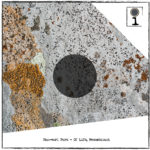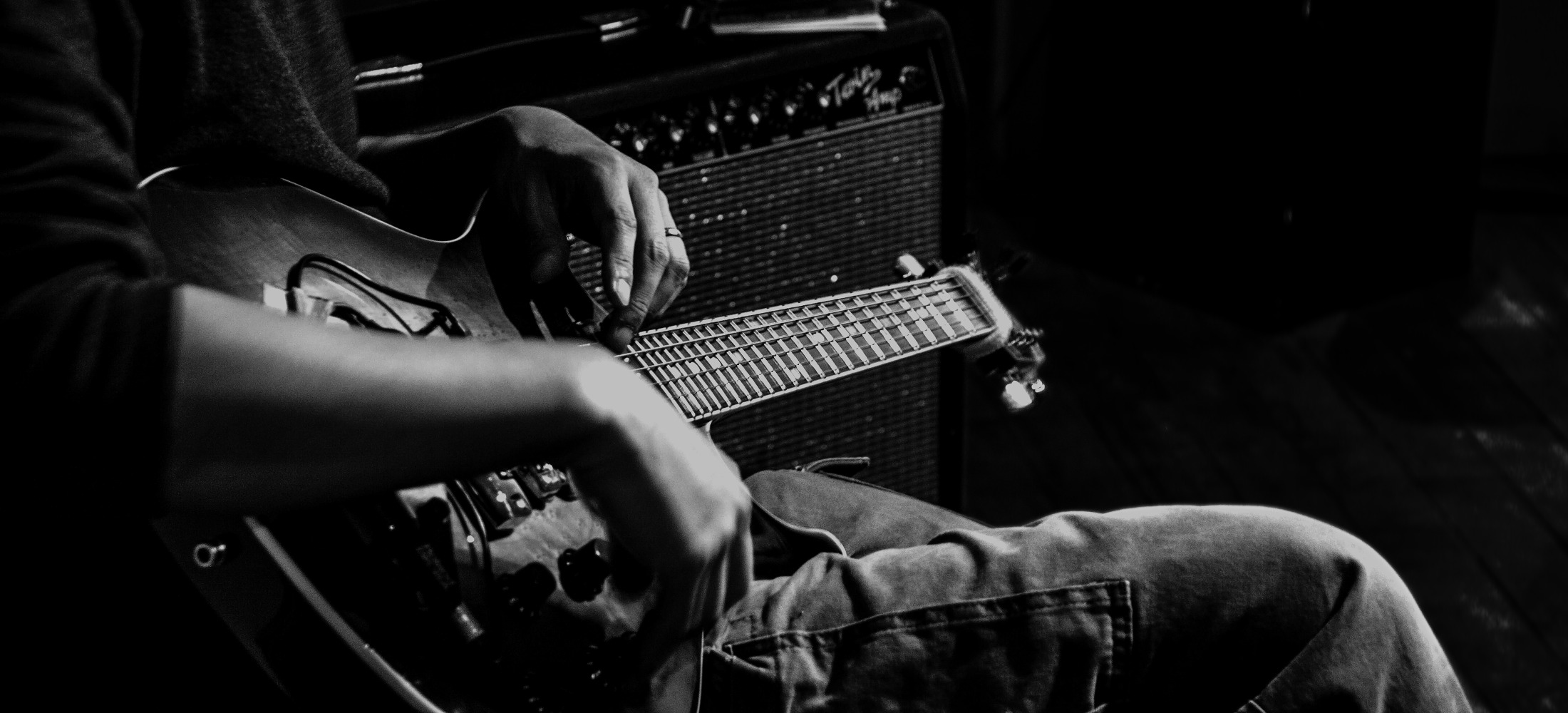My latest study in the #onetakestudy series is a super simple, quick little improvisation. This one is partly a response to some of the issues I had with study Nº 6. This study does, I think, what it needs to do, and no more. Enjoy.
Out on NEWJAiM Recordings

Of Life, Recombinant (NEWJAiM9) [details…]
Personnel: Han-earl Park (guitar) with Anne Wellmer (voice on track 4).
Track listing: Game: Mutation (5:38); Naught Opportune (≥ 10:42); Are Variant (≥ 8:06); Of Life, Recombinant (≥ 29:22). Total duration ≥ 53:48.
© 2021 NEWJAiM Recordings.
℗ 2021 Han-earl Park.

